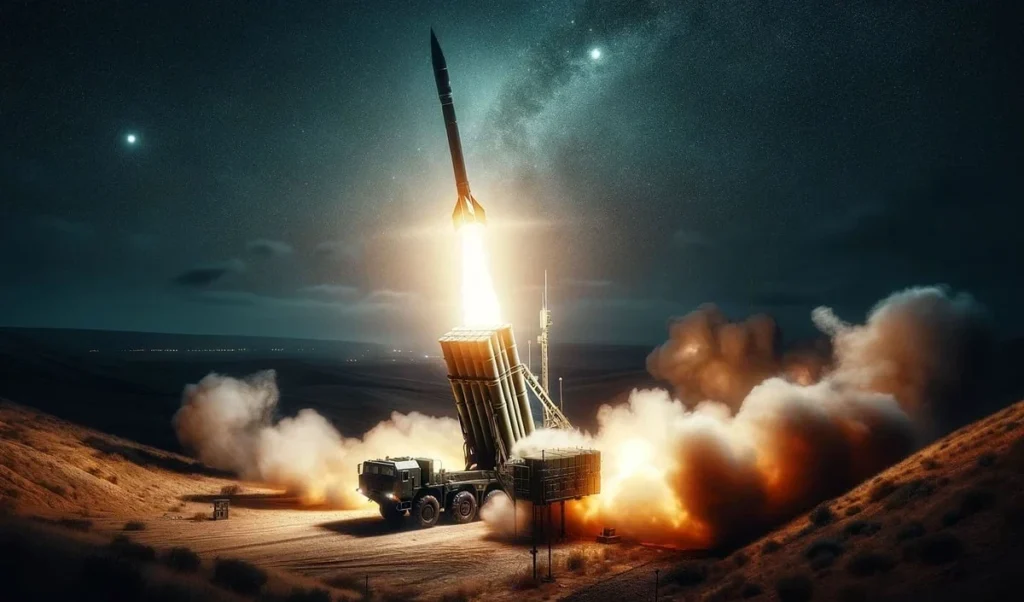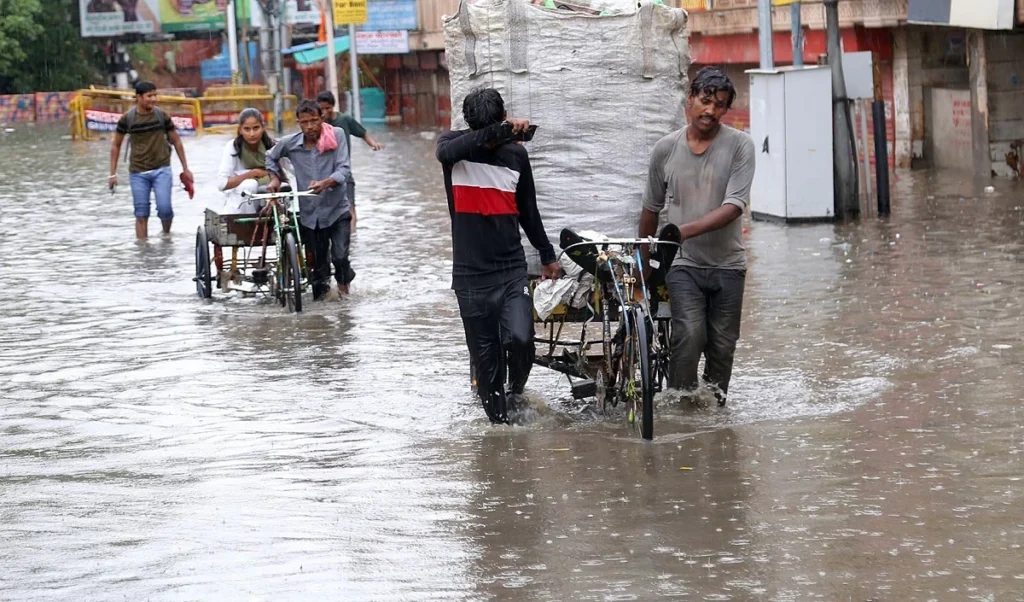Hindu Sanatan culture teaches us that nature should be harnessed and not exploited for economic development. But, in the blind race of economic development, nature is being exploited all over the world today. By using natural resources judiciously, our essential needs can be fulfilled very easily from nature, but unfortunately, due to the use of more things than required and the collection of these things, we have been forced to exploit natural resources. It is said that if developing and underdeveloped countries also start exploiting natural resources at the same pace at which developed countries are exploiting natural resources, then only one stream will not suffice for this, but soon we will need four such streams.
According to an estimate, the speed at which resources like coal, gas and oil are being used all over the world, may soon reach the verge of depletion in the coming few years. According to the BP Statistical Review of World Energy Report 2016, if the gas reserves continue to be used at the same pace, then the reserves of natural gas will be exhausted in the next 52 years. Coal reserves are available in the largest quantity among fossil fuels. But if the pace at which developed and other countries are using it continues, then the coal reserves in the world will be exhausted in the next 114 years. According to another estimate, on an average, every person in India is consuming more than 15 liters of oil per month. The earth now has only 53 years of oil reserve left. The fertility of the land is also decreasing very fast. In the last 40 years, 33 percent of cultivable land has either become barren or its fertility has decreased a lot. Due to which agricultural productivity in the world has decreased by about 20 percent in the last 20 years.
Through many research reports, it has been proved that climate change can be a contributing factor behind the current irregular monsoon. Climate change can be a major reason behind the repeated occurrence of natural disasters like more rain than the limit of an entire month in a few hours, flooding in cities, earthquakes and tsunamis in cities, etc. According to a research report, if the temperature in the atmosphere rises by 4 degrees Celsius, the homes of about 5.5 crore people living around the coastal areas of India will be submerged in the sea. Also, so much land of the cities of Shanghai, Shantou in China, Kolkata, Mumbai in India, Hanoi in Vietnam and Khulna in Bangladesh will be submerged in the sea that it will have a bad effect on half the population of these cities. The rising sea level can have an adverse effect on dozens of UNESCO World Heritage sites including Venice and the Tower of Pisa.
Of all the water in the world, 97.5 percent is in the sea, which is salty. 1.5 percent is available in the form of ice. Only 1 percent of water is available for drinking. By the year 2025, half of India's and 1.8 billion of the world's population will not have potable water. Many world-level organizations have said that the next war will now be fought for water. That is, there is every possibility of a shortage of fresh drinking water. There is no doubt that there will not only be wars between different countries for water, but there will be wars for water in every village, every street and locality. But we have not yet become aware of this. The consequences are going to be very serious in the times to come.
Circular economy refers to an economy in which the use of raw materials, water and energy used in the manufacture of products is reduced and the reuse of materials is promoted by reducing their waste. This goal is achieved by taking the use of various materials to the maximum level and preventing the wastage of these materials. This can curb the over-use of natural resources. Circular economy also includes measures such as reducing the use of products and various substances, reusing them and adopting such processes by manufacturing units that can reduce the use of raw materials, energy and water. If products can be repaired and reused, then this habit should also be developed, this can increase the total life cycle of that product and reduce the need for a new product in its place. Efforts should also be made to make damaged or spoilt products reusable. Proper waste management should also be promoted. Overall, this will reduce the pressure on natural resources. Nowadays, the 7 R's of Circular Economy are also being considered in this context – Reduce (Reduce)), Reuse (Reuse)), Recycle (Recycle the wasted products), Redesign (Redesign the products in such a way that less raw material, water and energy is used), Repair (Repair the product and make it reusable), Renew (Renew) – Reuse the damaged product after repairing it, Recover (Reuse some parts of the damaged product), Rethink (Rethink) – Repurpose, Remanufacture etc. are also measures taken under the circular economy.
So, overall, now the time has come for all the countries to seriously consider how to save this earth from being exploited. For this, there is a need not only to curb the use of materials taken from this earth today, but there is also a great need to develop methods to reuse these materials. For example, with the aim of reducing dependence on fossil energy, India is working on promoting alternative and renewable energy sources. Focus is also being laid on diversifying the energy mix. This also includes expanding the use of solar, wind, hydroelectric and nuclear energy. India is giving priority to energy efficiency measures in various sectors, including transport, industrial processes, priority buildings. This includes adopting energy efficient technologies, optimizing industrial processes and implementing strong energy conservation measures. Along with this, ethanol is also being blended in fossil oil so that the use of petrol and diesel can be reduced. Today the demand of the time is that all the countries of the world work together in the field of energy mixing. India suggested that collective efforts should be made to increase ethanol blending in petrol to 20 per cent globally, or explore other blending materials for the good of the world so that energy supply remains uninterrupted and environment is protected.
India had set several targets for itself much earlier (on 2 October 2015) with the objective of reducing emission growth. These include, reducing the emission intensity of its GDP by 30 to 35 percent from 2005 levels by the year 2030 (India has now increased this target to 45 percent), increasing the level of production of non-fossil based energy to 40 percent (India has now increased this target to 50 percent) and reducing carbon output into the atmosphere by creating additional forest and tree cover, etc. After looking at the work done so far by many other countries in these contexts, it has been found that India is the only country among the G-20 countries that seems to be achieving the targets set under the Paris Agreement. The G-20 countries are the ones that emit 70 to 80 percent of the emissions into the atmosphere in the entire world. Whereas today India has come a long way in this field and has come to the position of leading the whole world in this context. India has set a target of producing 550 GW of solar energy by the year 2030. India has also set a target of making 2.6 crore hectares of barren land fertile for cultivation again by the year 2030. Along with this, India has formed a group of 88 countries by making a solar treaty at the international level so that technology can be easily exchanged between these countries.
– Prahlad Sabnani
Retired Deputy General Manager,
state Bank of India
K-8, Chetakpuri Colony,
Jhansi Road, Lashkar,
Gwalior – 474 009



